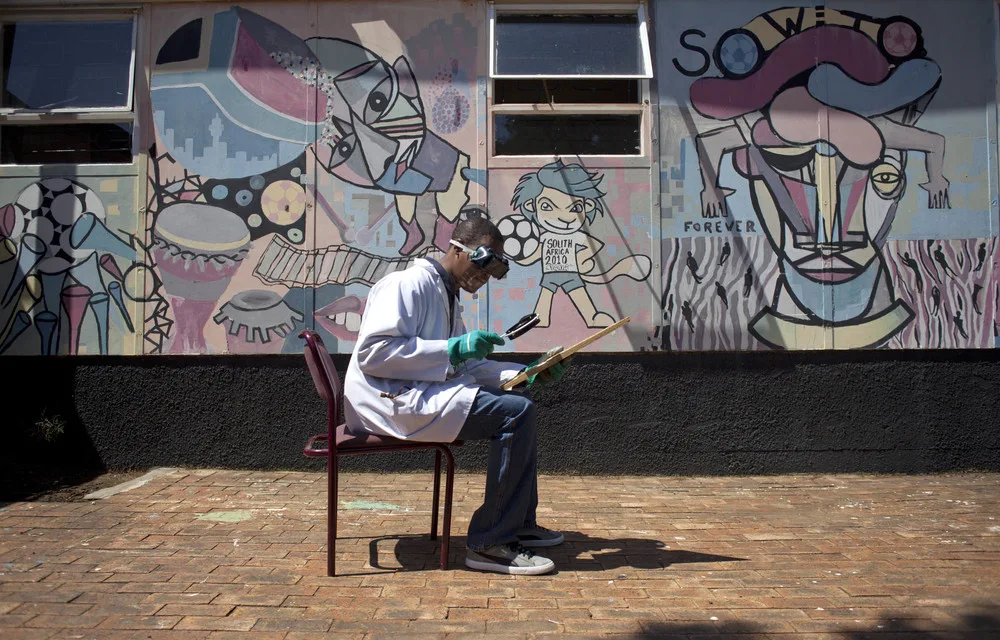Drawing is more than a mere skill; it's a journey of self-expression, creativity, and observation. It has the power to transport both the artist and the observer into a realm of imagination.
But like all journeys, it starts with a single step. Well, if you want to go on a journey of fun and relaxation at home, then you can visit a casino new zealand.
However, drawing is also great entertainment! Here's a beginner's guide to venturing into the world of sketches.
Cultivating the Right Mindset
Remember, every artist was once an amateur. So, shed the fear of not being good enough. Embrace mistakes as part of the learning curve. Your attitude towards learning will lay the foundation for your sketching journey.
Gathering the Essentials
You don't need a fancy art studio to begin. Start simple:
- Pencils: A range from 2H (harder) to 6B (softer) is a good spectrum for beginners.
- Sketchbook: Opt for one that's easy to carry, so you can sketch whenever inspiration strikes.
- Eraser: A good quality eraser is essential for correcting mistakes.
- Sharpener: Keep those pencil tips sharp!
Understand Basic Shapes
Every complex structure can be broken down into simpler shapes - circles, squares, triangles, and so on. Start by practicing these basic shapes. They'll become the building blocks of more intricate drawings.
Observation is Key
Art is all about seeing. Before diving into sketching, spend time observing your surroundings. Notice the play of light and shadow, the texture of objects, and the way different materials reflect light. This observational skill will serve as a crucial foundation.
Start with Still Life
Begin your hands-on practice with still-life drawings. Choose everyday objects, like a fruit or a vase. They're ideal as they remain static, allowing you to take your time capturing their essence.
Embrace Shading
Shading adds depth to your sketches, making them pop. Understand the source of light in your setting and shade accordingly. Experiment with different techniques, like cross-hatching, stippling, or smudging, to see what resonates with you.
Learn Perspective
This is a fundamental skill to make your drawings appear three-dimensional. Start with a one-point perspective (like roads converging to a single point) and then advance to two-point perspectives.
Human Anatomy and Portraits
Humans are complex, but they're also fascinating subjects. Begin with basic human proportions. Once you're comfortable, you can delve deeper into facial features, expressions, and postures.
Practice Regularly
Like any skill, the more you sketch, the better you'll get. Make it a daily habit. Whether it's a quick 5-minute doodle or a detailed observation, ensure you're consistently practicing.
Seek Inspiration
While practicing is essential, so is seeking inspiration. Look at the works of accomplished artists. Join online art communities, attend workshops, or visit galleries. Understand the techniques they employ, their style, and the stories they tell through their art.
Accept and Act on Feedback
While self-assessment is great, external feedback can offer new perspectives. Join art groups, and share your work with friends, or even strangers. Constructive criticism can guide your growth.
Never Stop Learning
Art is an ever-evolving field. New techniques, styles, and mediums emerge regularly. Keep an open mind, experiment, and continue learning.
Conclusion
Embarking on the sketching journey is an exciting expedition, filled with ups and downs. It's a voyage where the process is as enriching as the destination. So, as you hold that pencil, remember - it's not just about drawing on paper, but also sketching memories, emotions, and a reflection of your soul. Embrace the journey with patience, passion, and persistence, and the canvas of your artistic potential will unfold beautifully before you.
Visit Also: - Gnblogs

